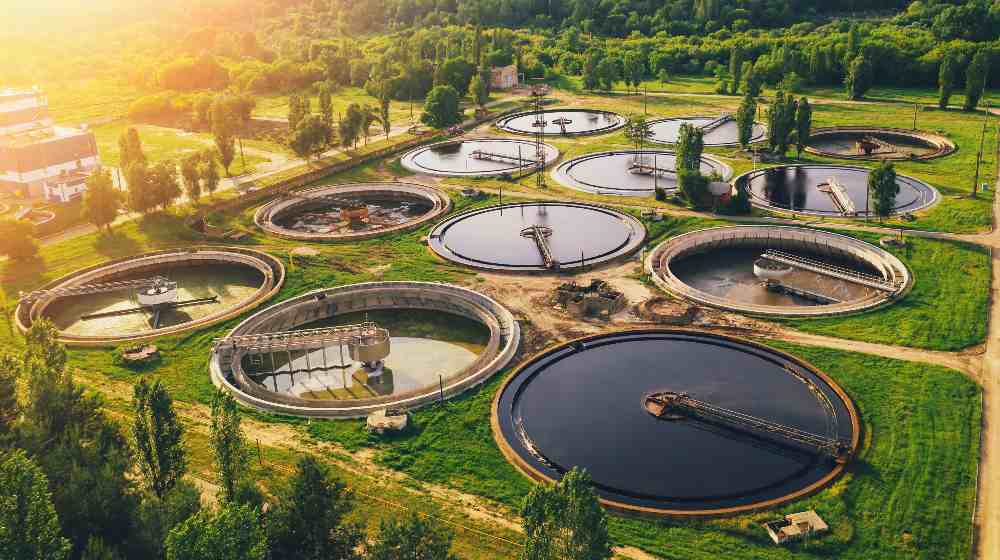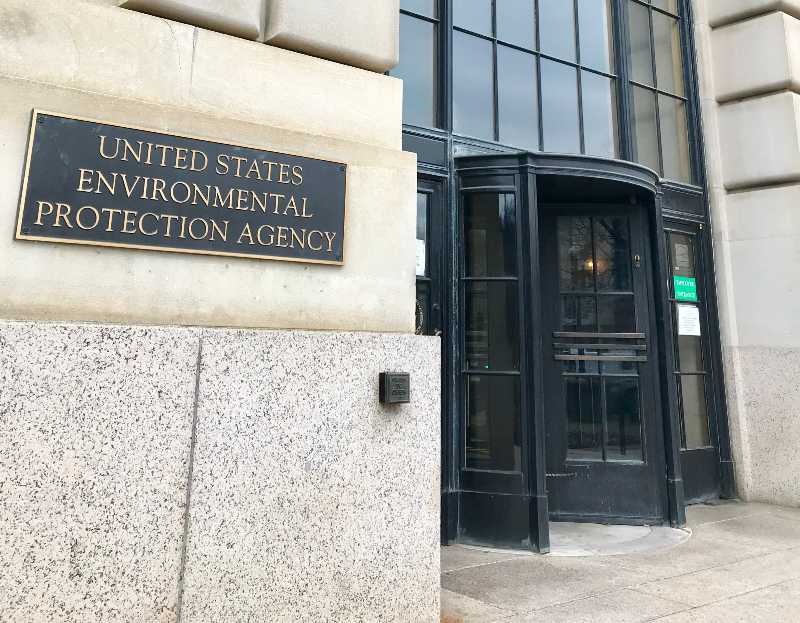Government
Clean Water Act | The ‘Waters of the United States’ (WOTUS) Rule Would Expand EPA Regulatory Authority

Clean Water Act | U.S. Representative Rodney Davis (R-IL) released the following statement after the Biden Administration proposed to restore an Obama-era regulation to redefine “waters of the United States” (WOTUS) under the Clean Water Act, an action that will severely impact rural America and the Agriculture industry:
“I'm disappointed by the Biden administration's decision to go back to the archaic pre-2015 definition of ‘Waters of the United States or WOTUS.
RELATED: Energy Department Rolls Out New Clean Hydrogen Opportunities
Clean Water Act | The ‘Waters of the United States' (WOTUS) Rule Would Expand EPA Regulatory Authority Over Certain Types of Farmland

The Navigable Waters Protection Rule established in 2020 after years of public input is a common-sense solution that gives parity and certainty to our farmers. It should remain in place. This is yet again an example of President Biden turning his back on farmers and rural America.”
Background:
In 2015, the Obama Administration finalized a regulation that expanded the definition of the Waters of the United States, which created confusion and burdensome red tape for farmers and the Agriculture industry.
WOTUS expanded the EPA's regulatory jurisdiction under the Clean Water Act to cover ditches, retention ponds, land that is traditionally dry, and other areas.
The Trump Administration released a proposed rule, the Navigable Waters Protection Rule (NWPR), to replace the Obama administration's 2015 WOTUS Rule with a new rule that provided much-needed predictability and certainty for farmers by establishing clear and reasonable definitions of what qualifies as a “water of the United States.”
The new NWPR was finalized last year. Specifically, the NWPR established a definition that unambiguously identifies four simple categories of jurisdictional waters, provides clear exclusions for many water features–water features that traditionally have not been regulated at the federal level–and defines terms in the regulatory text that have never been defined before.
The NWPR also protects the environment while respecting the cooperative federalism framework of the Clean Water Act. Specifically, it clearly delineates where federal regulations apply and gives states and local authorities more flexibility to determine how to best manage waters within their borders.
On April 14, 2021, Rep. Davis co-introduced legislation, led by Rep. Mariannette Miller-Meeks (R-IA), expressing the sense of the House of Representatives that clean water is a national priority and that the Navigable Waters Protection Rule (NWPR) should be maintained. The legislation was introduced with the support of 114 Members of Congress.
Related:
- Davis Applauds EPA Repeal of WOTUS
- Davis Statement on President's Veto of Important Regulatory Relief for Farmers
- Read this original document at: https://rodneydavis.house.gov/posts/davis-critical-of-biden-decision-to-restore-obama-era-wotus-regulation
You Might Also Like:
- Trump’s Thanksgiving Message Hints At Running Again In 2024
- GoFundMe Page For Waukesha Parade Suspect Removed
- The Pentagon Doubles Number of US Troops in Taiwan Under Biden
Keep up to date with the breaking news by following us on Facebook and Instagram.
Article Source: NewsEdge












